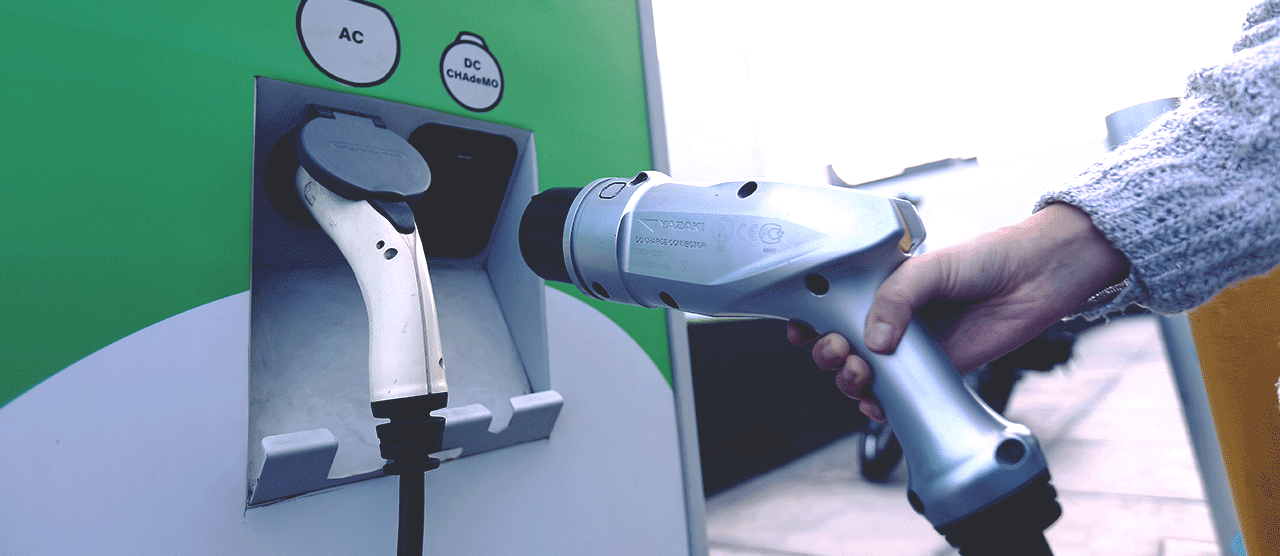The charging of an electric vehicle can be classified according to the charging time: conventional, semi-fast and fast.
Conventional Charging (16 amps)
In conventional charging, the electric vehicle is plugged into a common outlet for approximately 8 hours to fully charge it. This charging type uses the same electric intensity and voltage of a house, which is 16 amps and 230 volts. Therefore, it is ideal if the vehicle is charged in the garage during the night.
Semi-Fast Charging (32 amps)
With this type of charging, the electric vehicle ’s battery needs only 4 hours to fully charge. It uses 32 amps and 230 VAC (volts alternating current), which implies an electric power of approximately 7.3 kW (kilowatt).
Fast Charging
In fast charging, the vehicle needs only about 30 minutes to charge 80% of its battery. When using a higher electric intensity, fast charging delivers energy in direct current and obtains an output power of about 50 kW. It requires special infrastructure and is conceived as a solution to increase electric vehicles’ range or as a convenient charge.
Do not forget that charging times correspond to the full charge of the battery and users do not actually need to charge their electric vehicles at 100% for daily trips.


